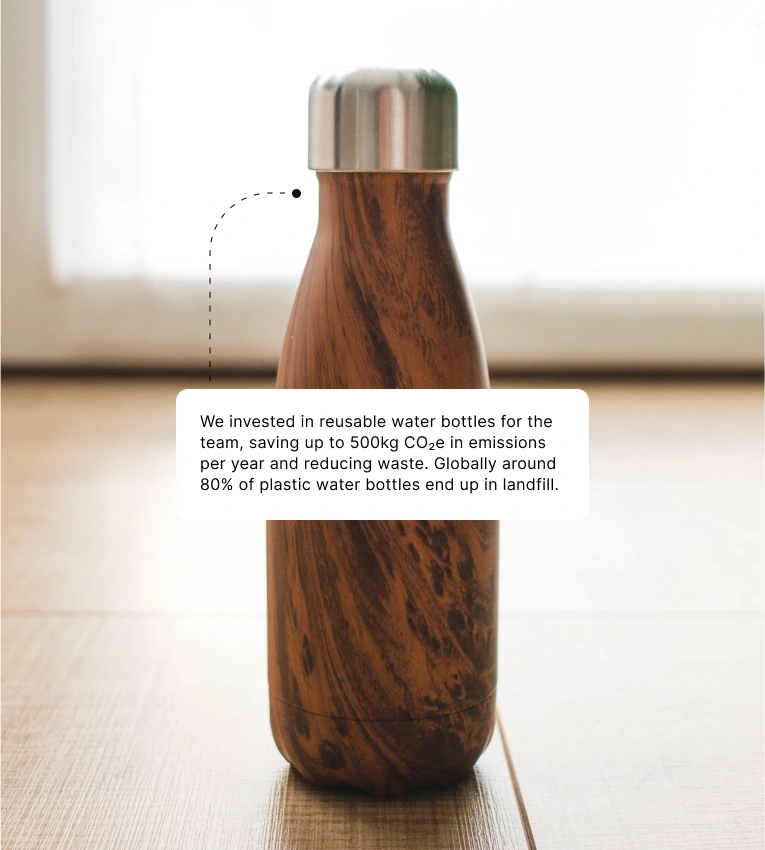OUR CONTRIBUTION TO A GLOBAL NET-ZERO FUTURE
We partnered with The Change Climate Project, a tech nonprofit on a mission to eliminate greenhouse gas emissions, to earn The Climate Label in 2025. This means that we measured our cradle-to-customer carbon emissions, committed to reducing future emissions in our operations and supply chain, and allocated a climate budget to actively fund projects helping transition the world towards net zero.






.webp)
.webp)

.webp)






.webp)









.png)